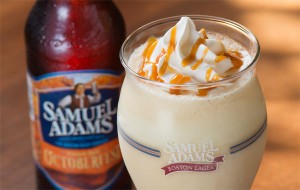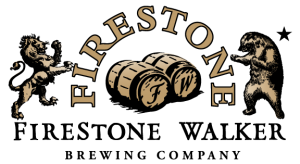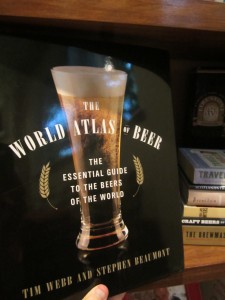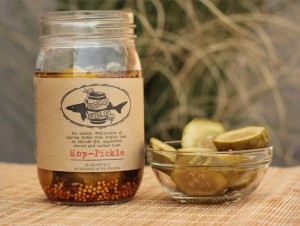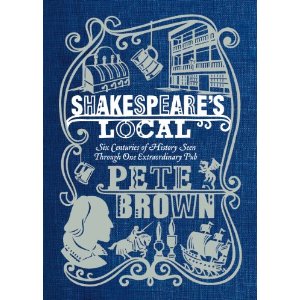
How does this sound for beer and history. (Two great topics to me)….
“Welcome to the George Inn near London Bridge; a cosy, wood-pannelled, galleried coaching house a few minutes’ walk from the Thames. Grab yourself a pint, listen to the chatter of the locals and consider this: who else has made this their local over the last 600 years? Chaucer and his fellow pilgrims almost certainly drank in the George on their way out of London to Canterbury. Shakespeare may well have popped in from the nearby Globe for a pint, and we know that Dickens definitely did. Mail carriers changed their horses here, before heading to all four corners of Britain — while sailors drank here before visiting all four corners of the world… The pub, as Pete Brown points out, is the ‘primordial cell of British life’ and in the George he has found the perfect case study. All life is here, from murderers, highwaymen and ladies of the night to gossiping pedlars and hard-working clerks. So sit back and watch as buildings rise and fall over the centuries, and ‘the beer drinker’s Bill Bryson’ (TLS) takes us on an entertaining tour through six centuries of history, through the stories of everyone that ever drank in one pub.”
Click HERE to learn even more about the pints that flowed at the George


